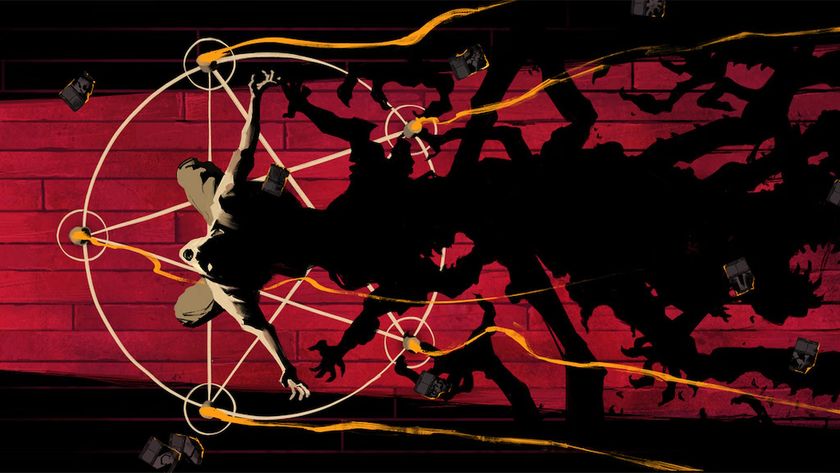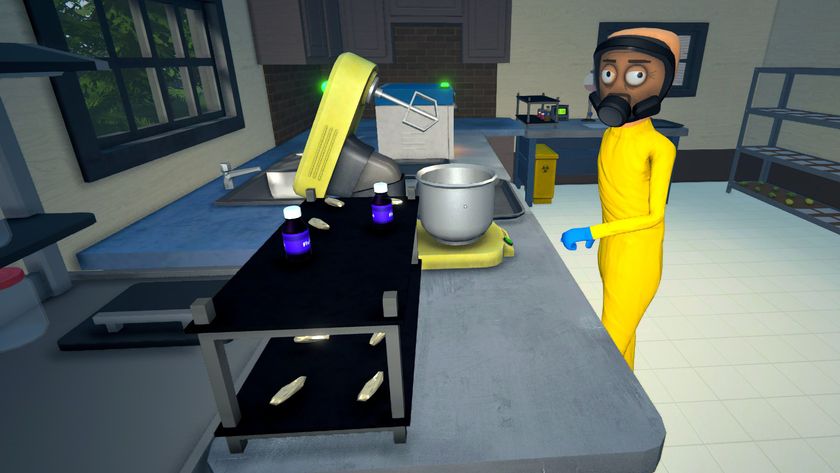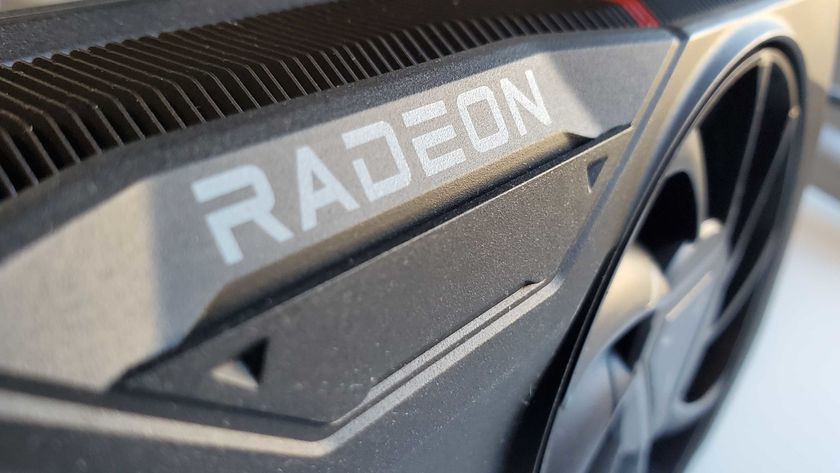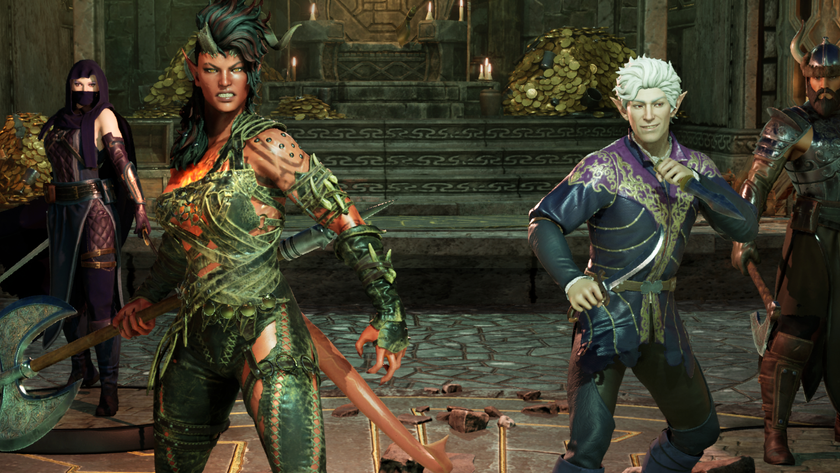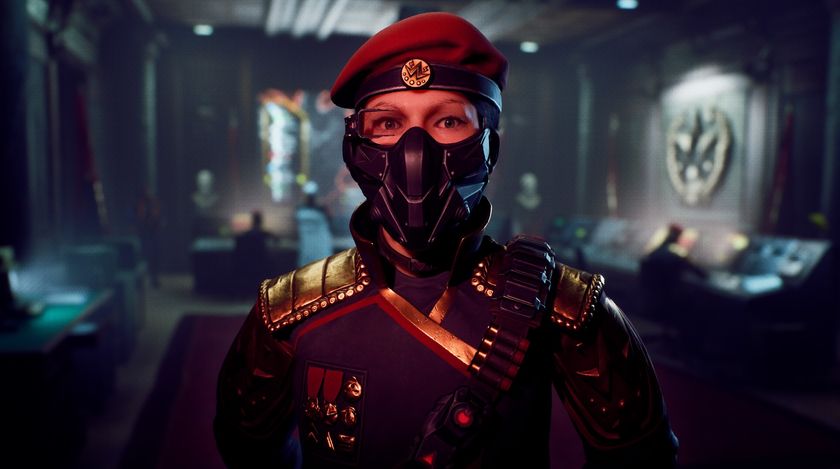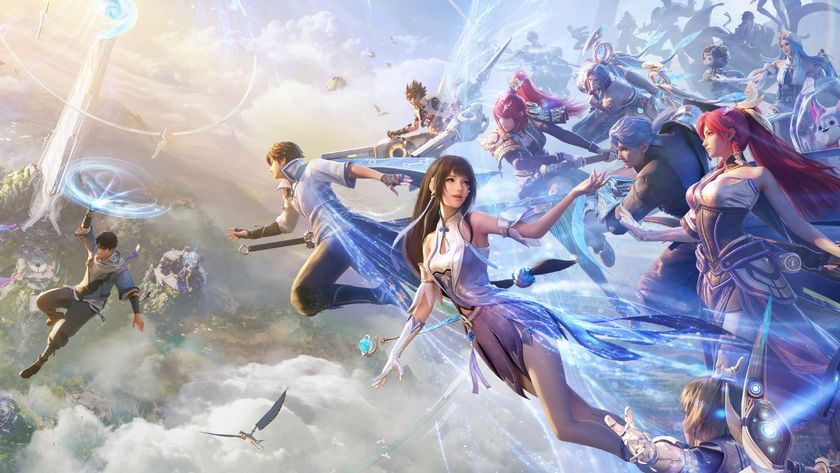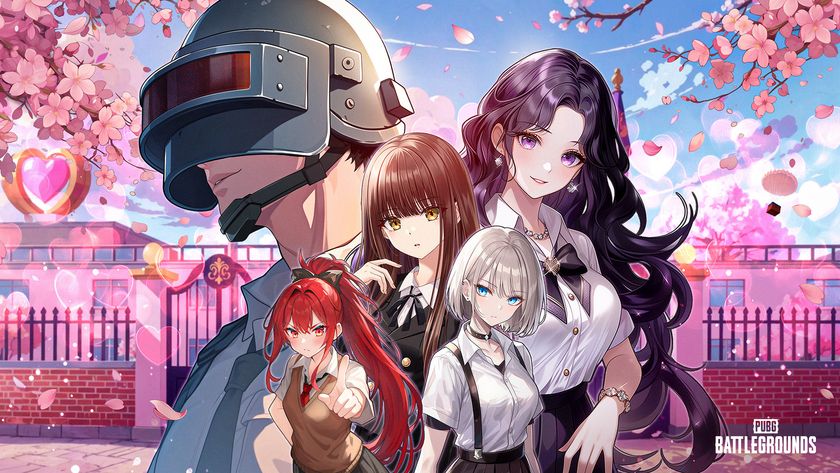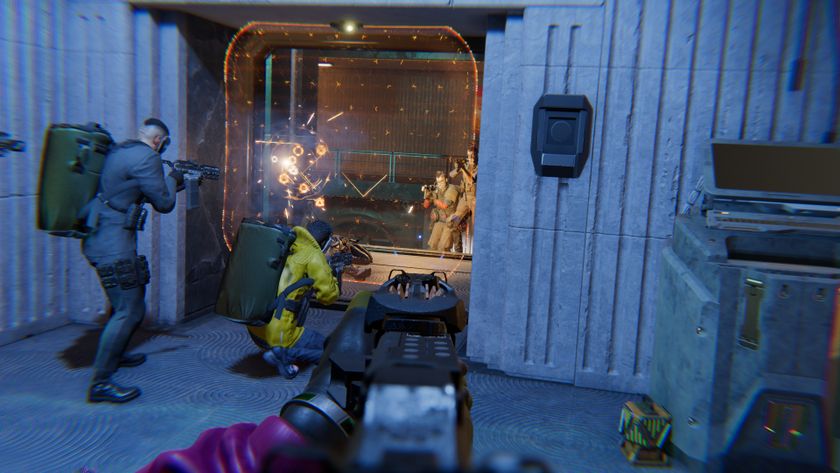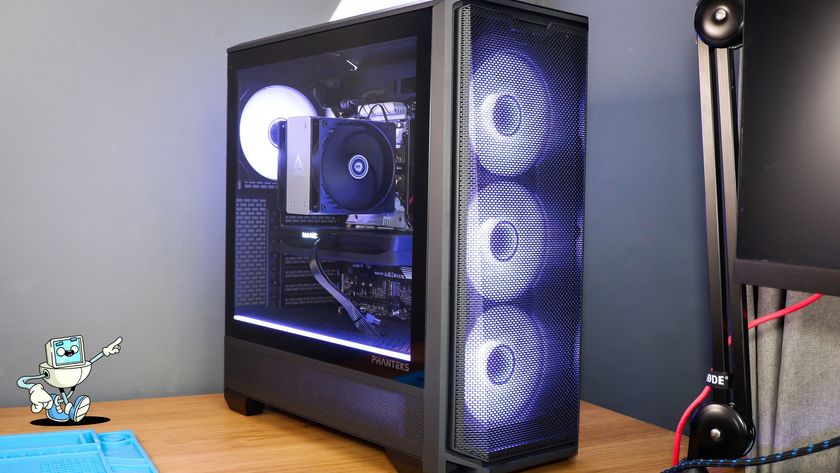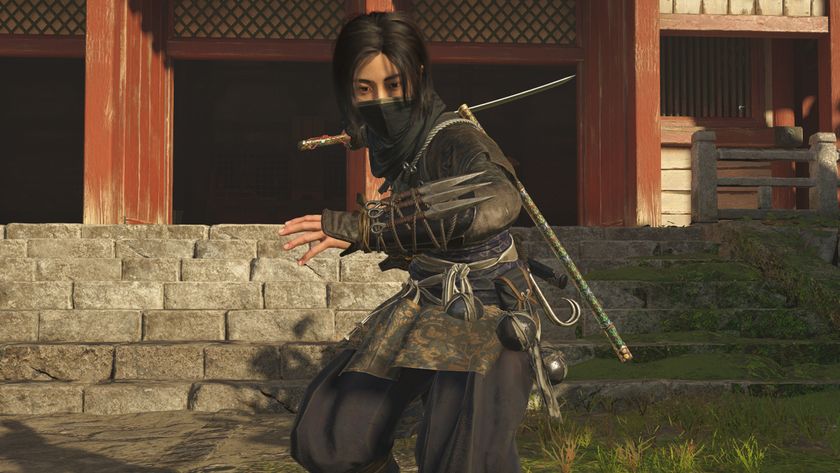There's no way all 1,000 explorable planets in Starfield are actually interesting
I'd rather play a Starfield with 10 planets than 1,000.
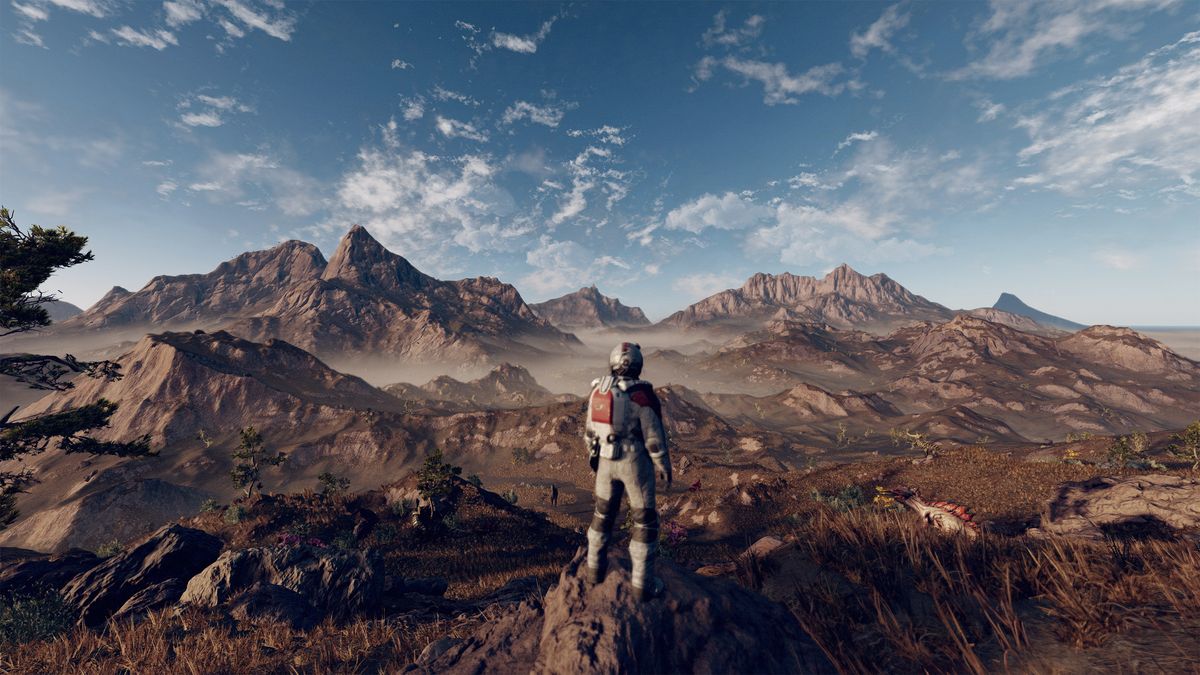
I fell for this pitch once. It was 2005, and the game was Spore—SimCity creator Will Wright's ambitious recreation of life from microscopic organism up to the level of galactic traveler. I watched this entire 35-minute presentation enraptured, completely bowled over and convinced that Spore was the future of videogames. And I guess in a sense it was: 17 years later, Bethesda's next big RPG is making the same mistake Spore did, hyping up mind-blowing scale as an awesome feature. All I see is a red flag. Bethesda says Starfield will have 1,000 planets? I'd be shocked if 990 of them aren't boring as hell.
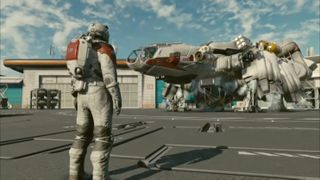
Starfield factions: Find a cause to quest for
Starfield cities: See the big spaces in space
Starfield companions: Collect cosmic comrades
Starfield traits: Give your hero some history
Starfield ship customization: Make your spaceship special
"Spore promised us the Moon, and several years later, returned with some big boring rock," Rick Lane wrote in a retrospective a few years ago. It's a perfect summation of what I expect from Starfield after today's presentation: a truly massive galaxy, bigger than any RPG Bethesda's ever made—as long as you're cool with it mostly being full of a bunch of big boring rocks.
I thought of that Spore presentation when I first played Mass Effect, driving the Mako over ugly, bland procedurally generated planets. I thought of Spore when No Man's Sky promised an infinite galaxy, though at least those planets could be quite striking. I thought of Spore when Mass Effect Andromeda promised this time it'd have more interesting planets to explore (it didn't).
And again, today. Who's falling for it this time? In Starfield's grand gameplay debut, Bethesda chose to highlight a bland grey-and-brown moon, a prefab research lab, and enemies simply labeled "Pirate" in the stark UI. Starfield has no interest in who these pirates are, other than dudes to shoot. I get sad imagining that if this game had been made 20 years ago, there'd be piles of flavor text to pull me into this world. But instead: "Pirate."
Bethesda did show a glimpse of one hand-crafted city, and it does look like a proper sci-fi utopia, the kind of hub it'll be a joy to explore. Maybe Starfield is full of these cities, and added together they make for a grand RPG's worth of adventure. Even if that's the case, the 1,000 procedurally generated, largely empty planets will remain a detriment to Starfield as a whole.
Just by being visitable, the excess planets will make the number of fully designed worlds seem meager. Say Bethesda has made 10 hand-craft locations; that means 1% of the total game will be substantial, while the rest are likely relegated to places you putter around to mine for space rocks or fight space pirates. "Well the game won't force you to visit all those planets," someone will argue. But the scope absolutely will factor into how Bethesda designs Starfield's systems, like resource gathering. And they'll take substantial development time away from making a smaller, denser set of explorable spaces.
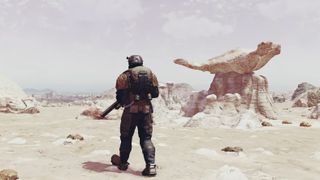
Without an excess 990 planets or so, Starfield could shroud what it has in mystery. Let me spend hours poring over every tiny detail on a few incredibly detailed planets; let me imagine and speculate about what else is out there. Wondering what's out there is the single greatest thing about space travel and science fiction. The worst is discovering that the answer, 99% of the time, is "another boring rock."
The biggest gaming news, reviews and hardware deals
Keep up to date with the most important stories and the best deals, as picked by the PC Gamer team.
Maybe I'd be less pessimistic if Starfield's aesthetic didn't seem to be a more grounded, far less colorful take on what No Man's Sky has already been doing for years. The montage of planets at the end of Bethesda's footage made me retroactively appreciate No Man's Sky's pulp sci-fi cover art style even more.
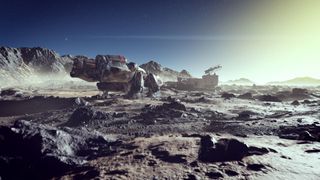
Bethesda's most celebrated RPG, Morrowind, is roughly 24 square kilometers—you can jog across it in an hour, but every location feels alien and unique and memorable in a way Bethesda hasn't replicated since. With Oblivion, Bethesda more than doubled the size of the map to 57 square kilometers, but it felt like a generic fantasy world by comparison. The elven ruins were especially dull, full of procedurally generated corridors.
For a game about the breathtaking majesty of space exploration, Starfield has so far shown little that actually stirs the imagination. Procedurally generated planets I've seen before; assault rifles and shotguns firing off in a gussied-up version of a base I shot my way through in Mass Effect 15 years ago; a UI largely allergic to color or flair. Maybe Bethesda's just saving the really good stuff for next year, or maybe the bits of story and dialogue it teases will be enough to carry the whole game on its shoulders. Great sci-fi has something new to say, but so far Starfield's main idea seems to be go bigger, and I've been burned by that one too many times.

Wes has been covering games and hardware for more than 10 years, first at tech sites like The Wirecutter and Tested before joining the PC Gamer team in 2014. Wes plays a little bit of everything, but he'll always jump at the chance to cover emulation and Japanese games.
When he's not obsessively optimizing and re-optimizing a tangle of conveyor belts in Satisfactory (it's really becoming a problem), he's probably playing a 20-year-old Final Fantasy or some opaque ASCII roguelike. With a focus on writing and editing features, he seeks out personal stories and in-depth histories from the corners of PC gaming and its niche communities. 50% pizza by volume (deep dish, to be specific).
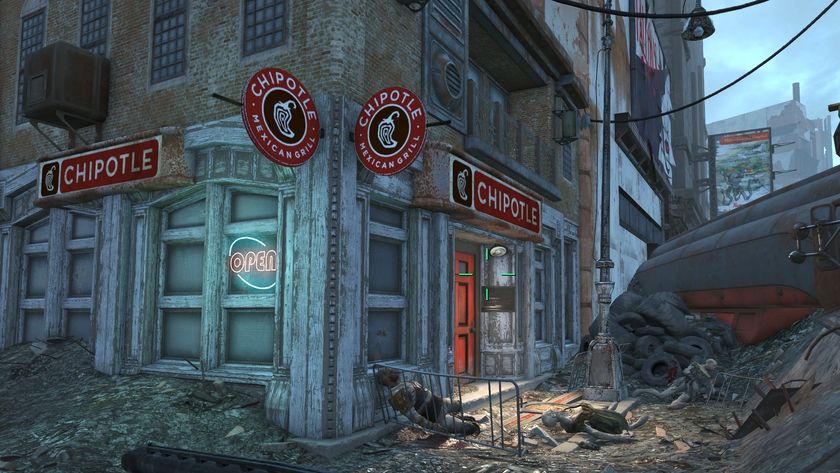
Ambitious burrito-lover mods real-life Chipotle orders into Fallout 4, thrilling community who can 'Finally get the food poisoning perk!' in reality
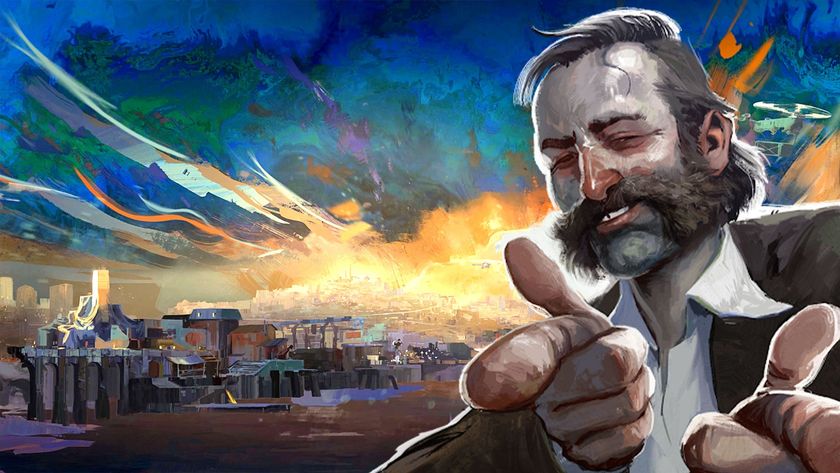
You can get PC Gamer's longest-reigning Top 100 winner and enough branching narratives to keep you busy for the rest of the year for under $15
